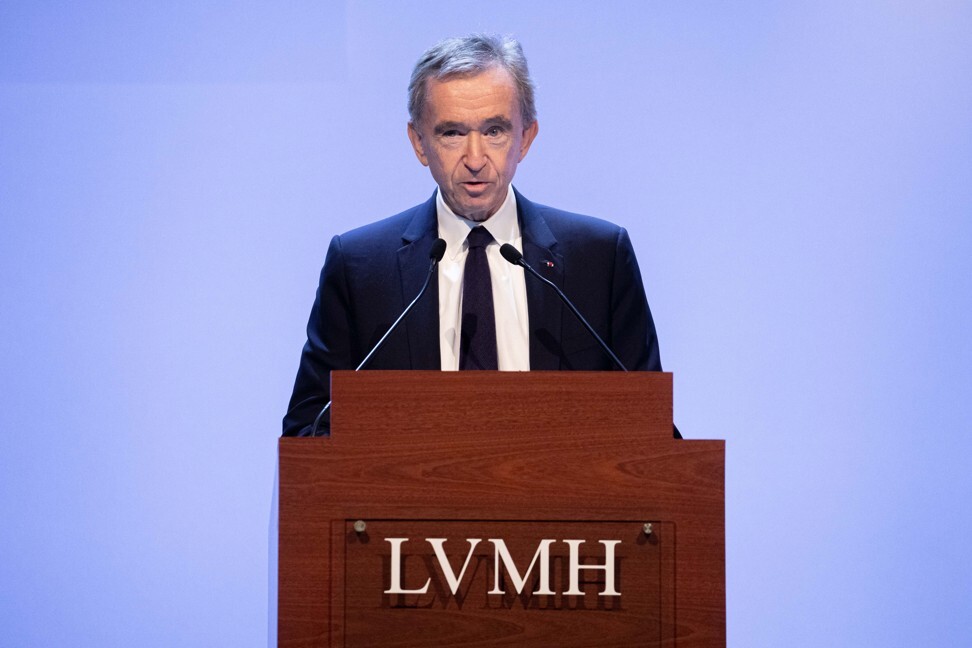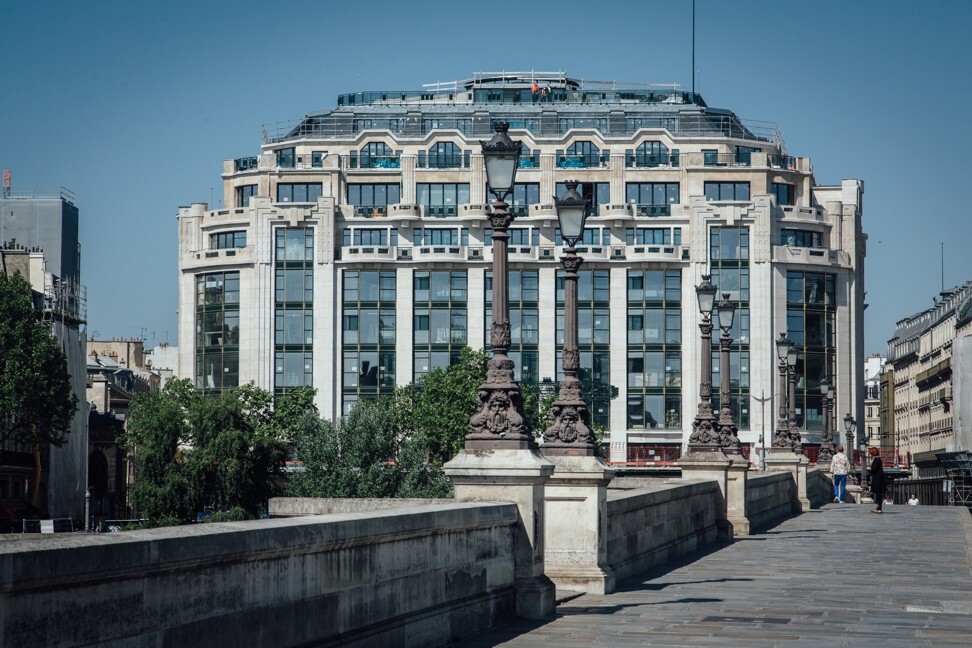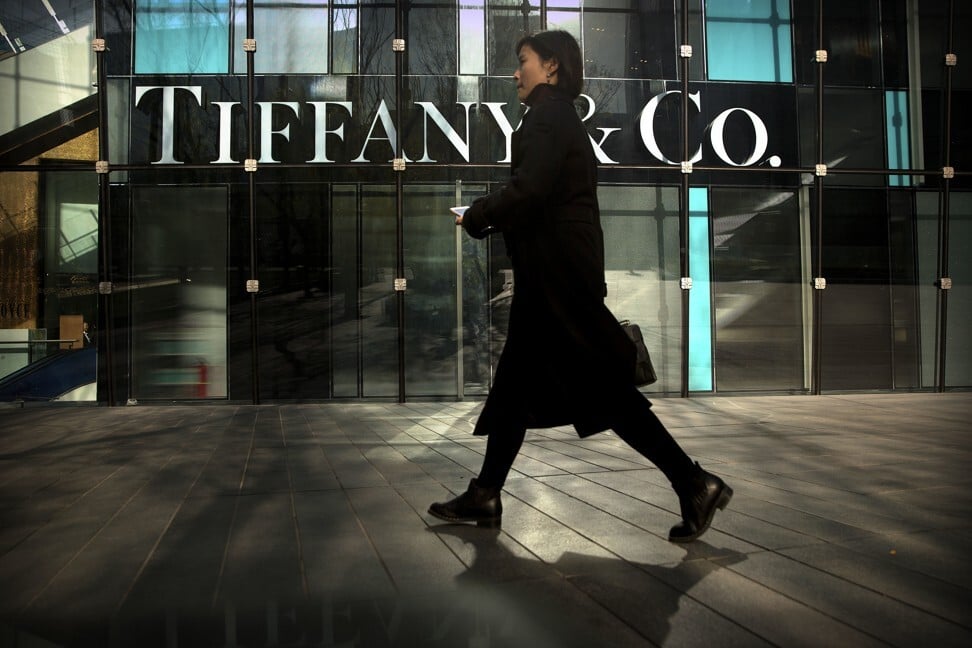Opinion / Is LVMH’s Tiffany & Co. purchase still going ahead? Luxury group behind Louis Vuitton, Dior and Fendi broke off the engagement – but was it all a negotiating tactic for a better price?


According to The Wall Street Journal, LVMH has accused Tiffany of mismanagement during the Covid-19 crisis, citing disappointing results that are “significantly inferior to those of comparable brands of the LVMH Group during this period”.
As a response, on September 9, Tiffany & Co. announced a lawsuit against LVMH to enforce the planned merger. The Financial Times indicated in an article on September 11, titled “Grandmaster Bernard Arnault looks to the Tiffany endgame”, that the moves may have been nothing more than an aggressive tactic to lower the price from that negotiated before the pandemic. The article states that Arnault used tactics from chess to secure the US$16.6 billion acquisition, including “decoys, deflections, pins and interference”.

The next months will prove whether these tactics will play out in favour of LVMH, or if trying to buy a luxury at a discount could become costly for the world’s leading luxury conglomerate. While the outcome of the very public battle is unclear, a potential marriage that starts with a public fight in court is not the most romantic and promising way to start a successful long-term relationship. It suggests that even if LVMH does proceed with the takeover, a smooth integration may be at risk.

Over the last decade, Tiffany has made a series of changes at the top, including the stepping-down of former CEO Frederic Cumenal in early 2017, leading to the appointment of Alessandro Bogliolo that autumn. Bogliolo was confronted with the critical need to focus on more affordable collections while not alienating brand image and top-end customers who expect exclusivity, personal attention and privacy.

Facing forwards will be key to achieving buoyancy in the years ahead: Brands that don’t resonate enough with millennials and Gen Z risk their future. Even worse, when the brand positioning becomes blurry, it risks reducing the brand’s emotional bond. When I discussed the issue with my luxury MBA students – all of them young millennials – at Pepperdine this spring, their preference was for other competing brands.

Tiffany needs a rigorous and consequent turnaround and the marriage with LVMH could be the perfect match. LVMH has a track record turning around luxury brands and Tiffany needs one of the biggest turnarounds in the business. For LVMH the deal would significantly strengthen its position in the North American market and in the fine jewellery business.

To bring back consistent growth, every aspect of the brand needs to be addressed. First, brand equity needs to be rebuilt entirely. It is not enough to capitalise forever on Audrey Hepburn. Millennials need storytelling that is relevant for now, translating historic values into extreme value for today’s customers. Overdependency on the past can be catastrophic, as many failed brands have learned the hard way.
Second, the brand has to bring excitement back to their customers, whether they are current, lapsed or prospective. This will only be successful if the entire experience from digital to physical is reimagined and taken to a different level. Intentions don’t count. The ultimate judge will be the customer.
Third, Tiffany needs to clean up its portfolio and refocus on the top end. Some of this has already been initiated by Bogliolo and his team.

All of this will require dedication, focus and expertise. This is why the current relationship drama and the potential break-up are so dangerous. The current situation could easily lead to a downward spiral. Breakfast at Tiffany’s? A love affair? A lasting romance? Or a brutal break-up that ends in court? Time will tell.
Want more stories like this? Sign up here. Follow STYLE on Facebook, Instagram, YouTube and Twitter .

The Paris-based luxury conglomerate appeared to get cold feet, accusing the long-troubled, iconic New York jewellery brand of mismanagement during the pandemic – they replied by suing to force the merger through – but was it all part of CEO Bernard Arnault’s plan to score a luxury brand at a discount price all along?